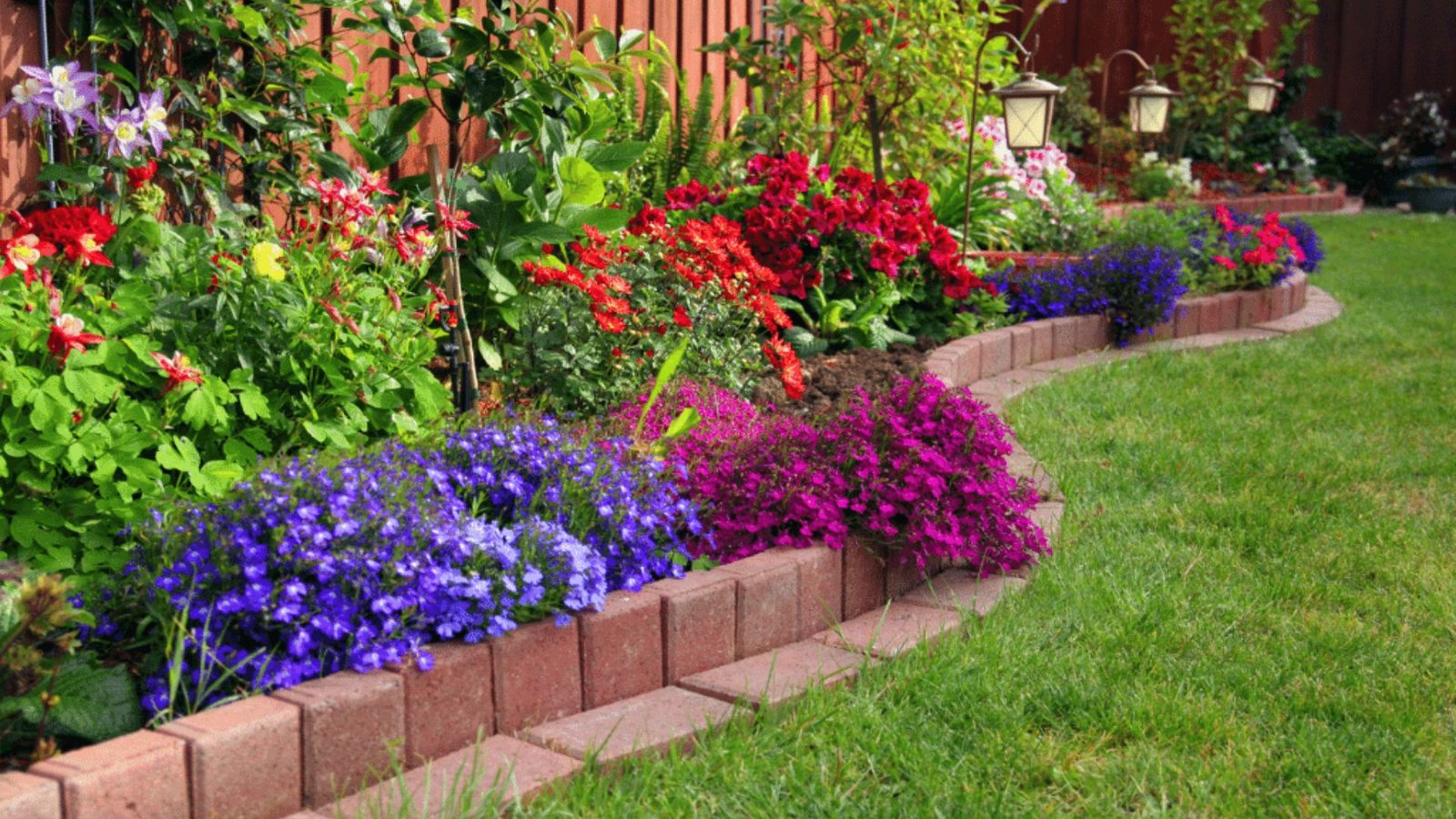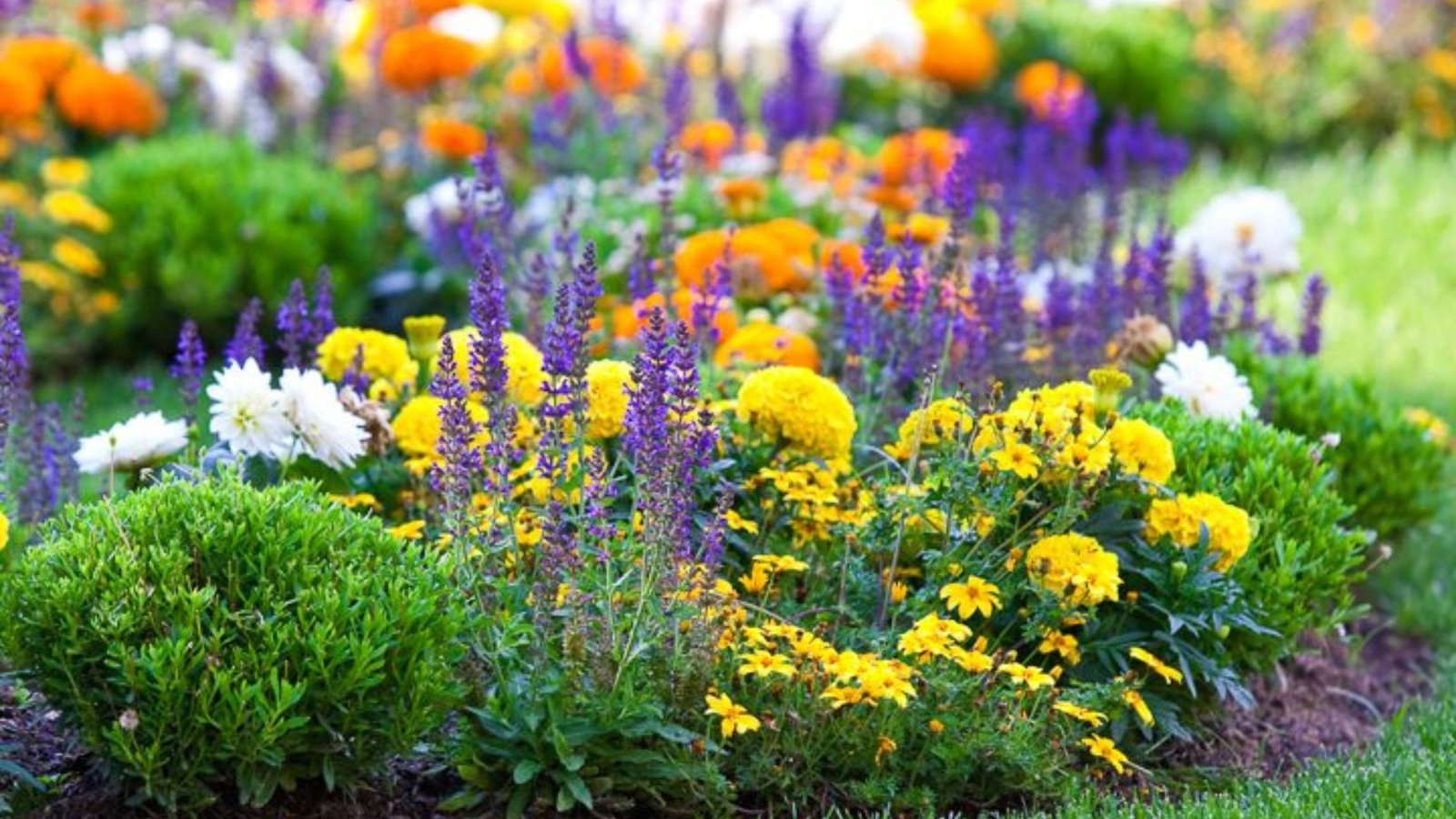Creating a flower garden with a specific color palette can transform your outdoor space into a breathtaking display of harmony and beauty. Whether you prefer vibrant hues that pop or soft, calming shades, designing your garden around a color scheme adds a sense of cohesion and elegance. In this guide, we’ll explore the best practices for planning, planting, and maintaining a flower garden that radiates with your chosen colors.

Choosing Your Color Palette
Selecting the right colors sets the tone for your garden and enhances its visual impact:
1. Understanding Color Theory
- Warm vs. Cool Tones: Decide if you prefer warm colors like reds, oranges, and yellows for a vibrant look, or cool tones such as blues, purples, and greens for a more soothing atmosphere.
- Contrast and Harmony: Combine complementary colors (opposites on the color wheel) for contrast, or analogous colors (next to each other on the color wheel) for harmony.
2. Researching Flower Varieties
- Color Availability: Research flowers that bloom in your desired colors and are suitable for your local climate.
- Seasonal Considerations: Choose flowers that bloom at different times to maintain color throughout the growing season.
Planning Your Garden Layout
Designing the layout ensures your color palette is showcased effectively:
3. Mapping Out Zones
- Primary Color Areas: Designate focal points where your chosen colors will stand out the most.
- Transition Areas: Create gradual transitions between colors to ensure a balanced and flowing garden design.
4. Grouping Flowers
- Mass Planting: Plant clusters of the same color to create impact and visual continuity.
- Mixing Colors: Integrate different shades of your chosen colors to add depth and interest.
Planting and Maintenance Tips
Ensure your garden thrives with proper planting and ongoing care:
5. Soil Preparation
- Quality Soil: Amend soil with organic matter to improve drainage and nutrient content.
- pH Balance: Test soil pH and adjust as needed to optimize flower health and color vibrancy.
6. Watering and Feeding
- Consistent Watering: Water deeply and regularly, especially during dry spells, to keep flowers healthy and vibrant.
- Fertilization: Use balanced fertilizers to promote robust growth and vibrant flower colors.
Seasonal Care and Bloom Management
Manage your garden throughout the seasons to maintain your desired color palette:
7. Deadheading and Pruning
- Deadheading: Remove spent flowers to encourage continuous blooming and maintain tidy appearance.
- Pruning: Trim back plants as needed to control growth and enhance overall garden aesthetics.
8. Seasonal Adjustments
- Spring and Summer: Monitor plant growth and bloom intensity, making adjustments to maintain color balance.
- Fall and Winter: Plan for seasonal changes and consider planting flowers with vibrant foliage to complement your color scheme.
Conclusion
Designing a flower garden with a specific color palette allows you to express your creativity while creating a cohesive and visually appealing outdoor space. By carefully selecting colors, planning your layout, and providing proper care, you can enjoy a garden that delights the senses throughout the year. Implement these best practices to create a stunning flower garden that reflects your unique style and brings joy to all who visit. Start planning today and watch your garden bloom with beauty and harmony.











